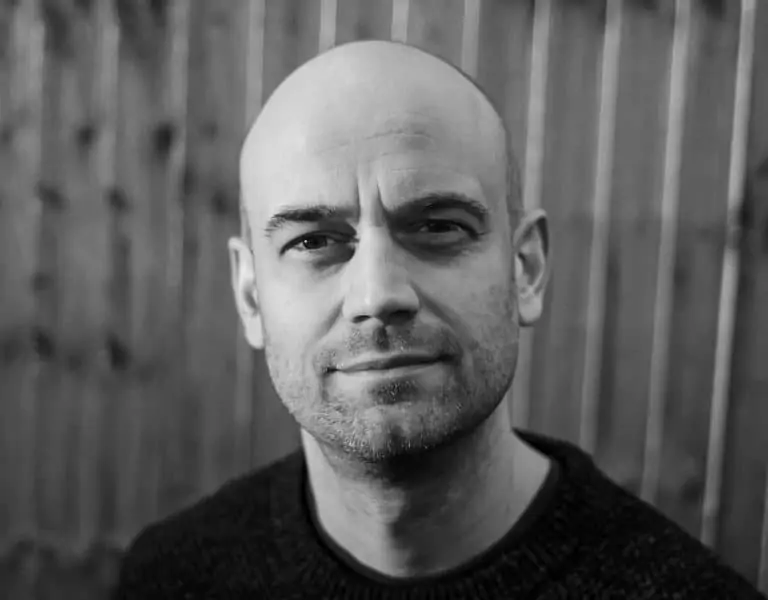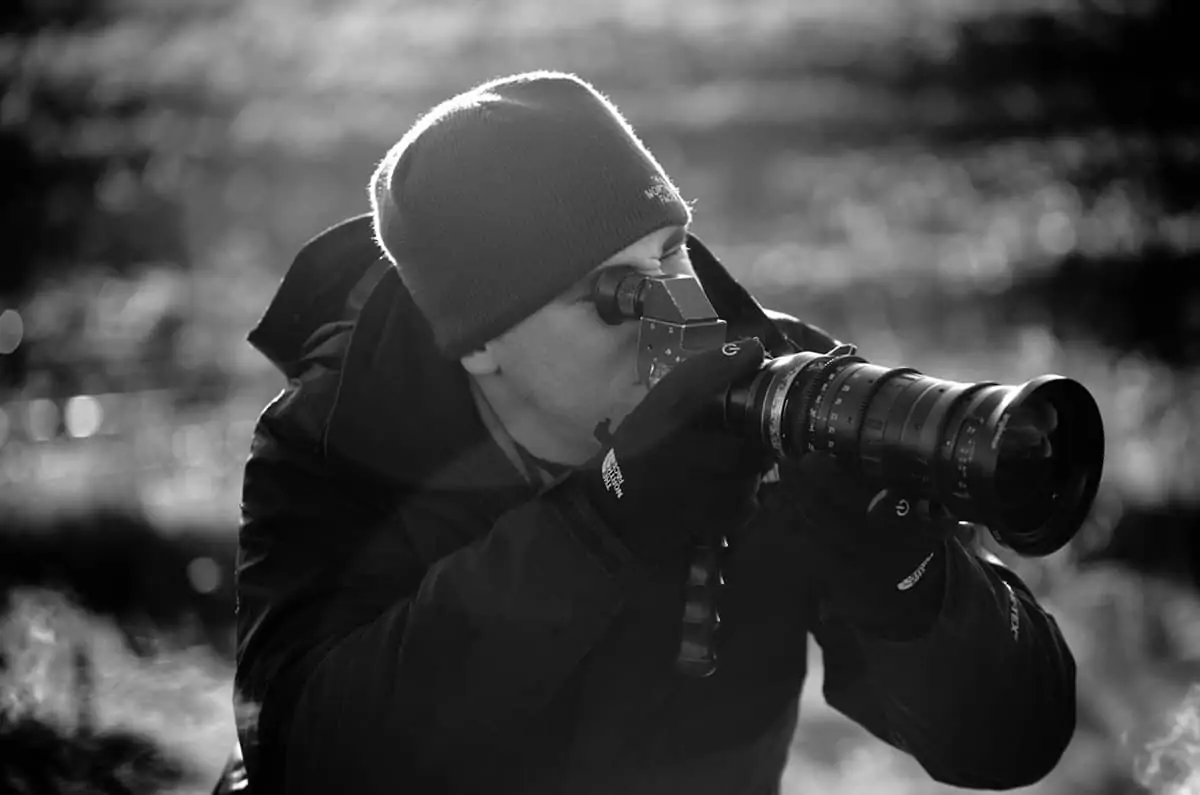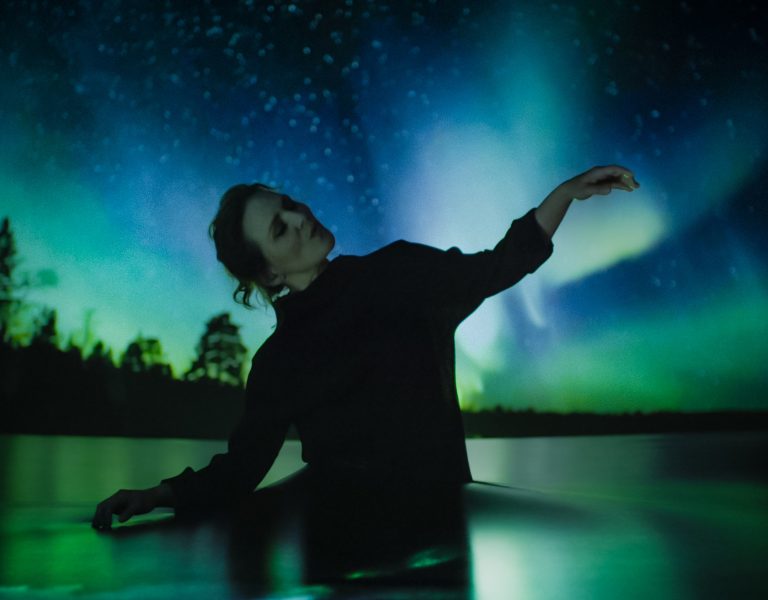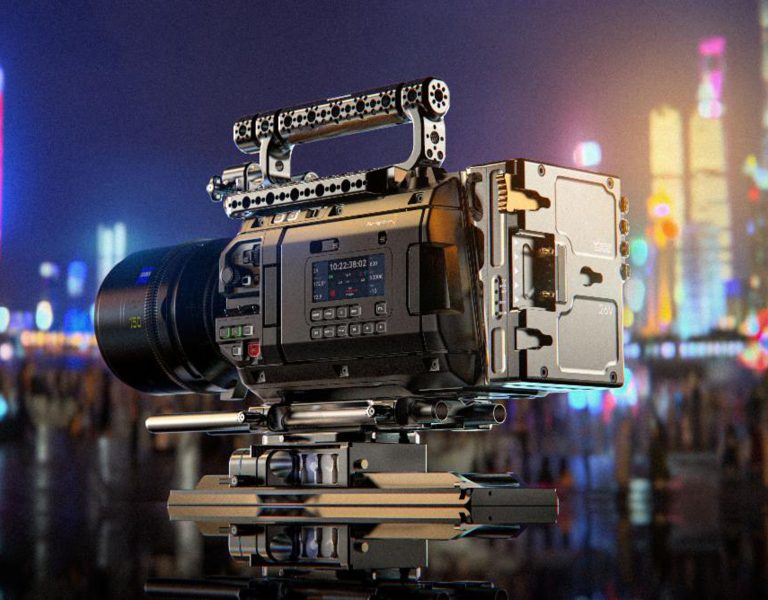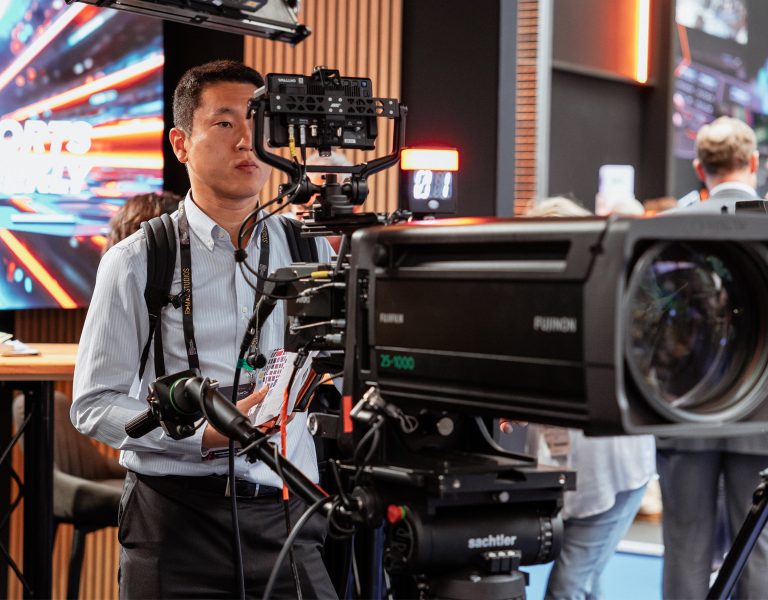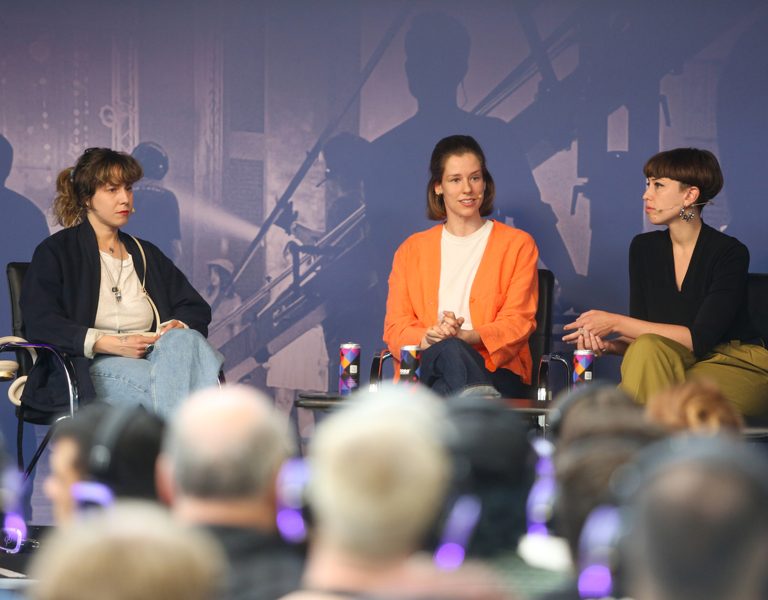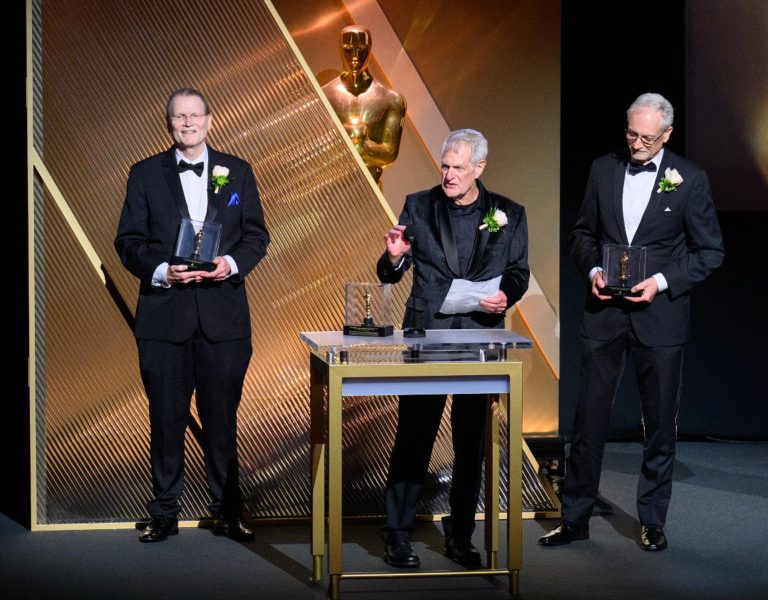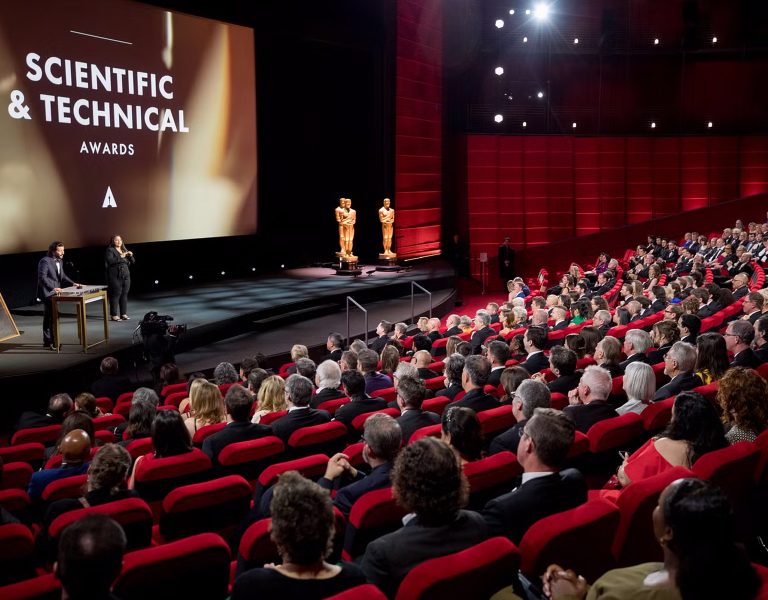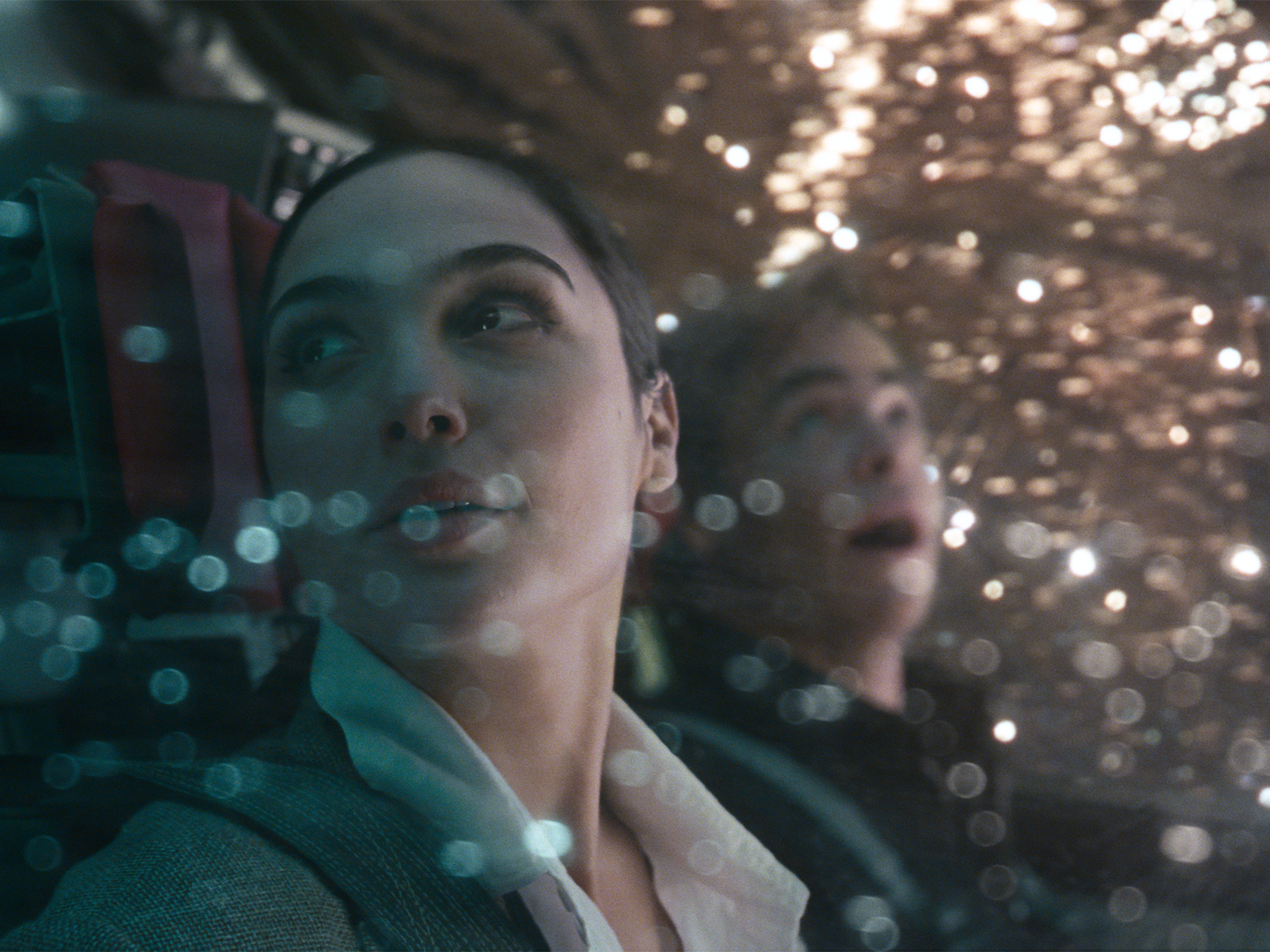
Dailies colourists may not receive the same kind of recognition within the industry that high-end finishing colourists do, but they nonetheless serve a key role in the workflow of feature film and TV work.
They, after all, take the cinematographer’s imagery and deliver it in the form that the director, editor, and everyone else involved in the production will experience throughout the post process until the final colour. A top-tier dailies colourist shoulders a lot of responsibility for pulling out everything the DP puts into the image and shaping it in the way their client requests. This can be especially challenging today, as productions often use a wide variety of cameras, codecs, and colour spaces and expect their dailies to take on a cohesive look.
James Slattery, a highly in-demand dailies colourist, based at Company 3 London, has been entrusted with the dailies for cinematographers including Tobias Schliessler ASC (Beauty and the Beast), Fabian Wagner BSC ASC (Zack Snyder’s Justice League) Sir Roger Deakins BSC ASC (1917), Robert Elswit ASC (Mission: Impossible – Rogue Nation) and many more.
Dublin native Slattery initially relocated to London in 2010 with a strong desire to work in the film industry, but without a specific position in mind. He took various freelancing gigs in advertising and did some work in the camera department. Still, it wasn’t until he first sat in with a colourist at Pinewood Studios that he immediately knew what he wanted to do. “It blew my mind,” he recalls of seeing how a colourist can contribute to the look and feel of a scene. “I fell in love with the whole concept instantly.”
Intent on pursuing colour grading, Slattery accepted a job at Company 3 QC-ing in the telecine department. “That gave me a lot of hands-on experience with film and different negative and print formats,” he says. “I also learned a great deal about scanning and preservation.” Not long after, he was assisting top-level finishing colourists, soaking up everything he could about the art and science of colour grading.
As the job title suggests, he’s responsible for turning around a day’s shooting, and he knew it would be important to be able to quickly address technical problems. “I was always keen to watch the engineers working and ask them questions,” he says of his time assisting, “so that if I was in that position myself at a later point, I’d have a strong understanding of how to troubleshoot and fix issues that arose. And that has been very helpful. A big part of dailies is, of course, that you’re working odd hours and sometimes working on location. You don’t always have the luxury of having someone right there with you in the building to fix a technical problem.”
Slattery is responsible for making sure the footage matches and feels continuous day-to-day, regardless of the different types of weather, different camera formats. A typical worknight can involve colour grading up to six hours of material, often from different makes of digital cameras, scanned negative, and any combo thereof. “And then we can also receive upwards of 200 shots per day coming in from the second unit,” he adds.

A dailies colourist keeps in constant contact with a show’s DP to ensure that their photographic intention is always reflected in the dailies. “Each cinematographer has somewhat different expectations for their dailies,” Slattery explains. “Some cinematographers want the results to reflect their vision for the final project. Others want to use the dailies to experiment with looks so they can go into final colour, having already seen certain looks applied. Still more want a more neutral look without a lot of colour correction.
“It’s imperative that you have a good link and communication with whoever is doing the final colour,” Slattery says. “They should be as involved as they can possibly be from an early stage. Then, as the dailies colourist, you’re the sensible link between the work happening day to day and what the final project will look like.
“In dailies, we’re often working on the cutting edge of film production technology. Sometimes,” Slattery says, “we’re working with a material shot with prototype sensors or new action cam models, etc., before any LUT packages or colour space transforms are available, so it’s invaluable having our embedded team of colour scientists on hand to help in such scenarios.”
A dailies colourist is expected to take whatever approach the DP wants – from manipulating global red, green, blue, and contrast to adding multiple secondary corrections – windows, keys, etc. The same cinematographer might request a significantly different approach from the dailies colourist for different projects, possibly even within the same franchise.
“I had the immense pleasure of working with the great cinematographer Matthew Jensen, ASC, a few times,” Slattery recalls. “I did dailies with him on two Wonder Woman films. He predominantly shot both on film, and he tends to like to get as close as possible in the dailies to what the final look will be,” he says, “maybe edging up a little bit on the shadow detail. And then from there, at a later point, they can make those more pronounced adjustments with the final colourist.”
For the first Wonder Woman, Jensen came into Company 3’s London location, Slattery recalls, “and we did tests because there were several sequences in the film that Matt wanted to establish specific looks for. We worked together to create a selection of stills to serve as a reference for the different looks in various parts of the film. Then later, while he was shooting, Matt was able to tell me, ‘OK, you’ve got some No Man’s Land scenes coming up. Can you pull up our Veld reference and go with that look?’ So we already had a very good starting point for flesh tones, shadows, highlights and so on. The footage would come in every morning, and before the call, we’d watch through dailies together, and he could give me his feedback, and then I could tweak everything so the dailies could include all the appropriate looks and be very much where he wanted everything to be.”
Then, with Wonder Woman 1984, the approach to dailies was a little different. “That film wasn’t going to be quite as look heavy,” Slattery explains. “It’s set in a different time period, and the overall approach was different. So a lot of the time on that show, my work was more just about colour balancing and making sure skin tones were nice and healthy, and it wasn’t as much about specific looks. It’s the same DP and the same franchise but two different approaches to dailies that served the look and feel of each show perfectly.”
“Not only is he technically savvy and a problem solver, but an artist in his own right,” Jensen offers. “If anything was wrong, I trusted James to tell me first, and we would strategise how to handle it together. Our communication was fluid and easy, mainly because James is an incredible listener with a strong work ethic. And above all else, he cares about the film and how it looks, which alleviated so much stress for me on a daily basis.”
Slattery loves all aspects of this multifaceted job. “It’s a front-row seat to filmmaking,” he says. “It’s endlessly exciting and interesting watching DPs, directors, actors make a scene come together and seeing all the little adjustments they make as they work.”
His career is also about to expand as Deakins requested that Slattery do final colour, as well as dailies, on his upcoming epic Empire of Light. We expect to be hearing a lot more from Slattery in the years to come.


